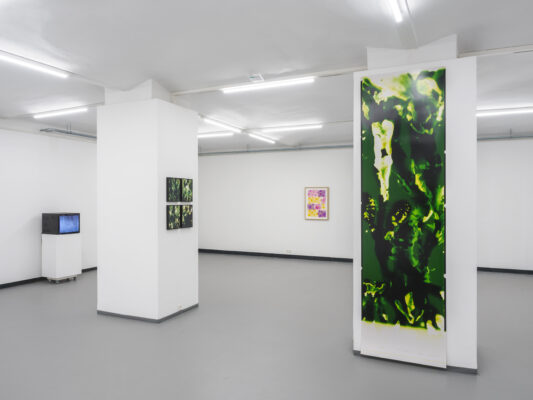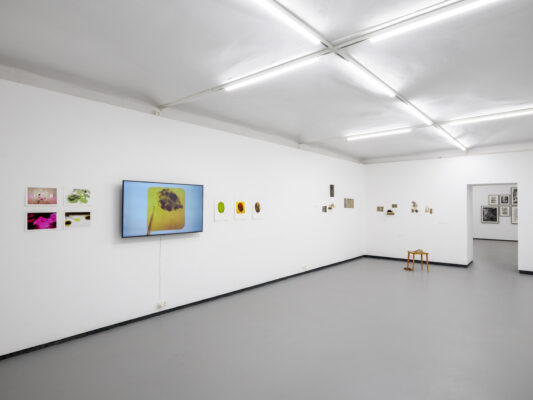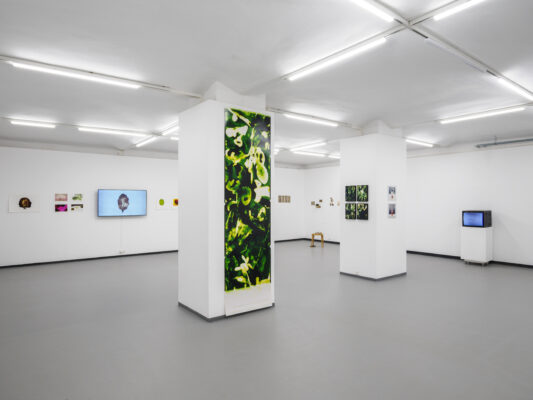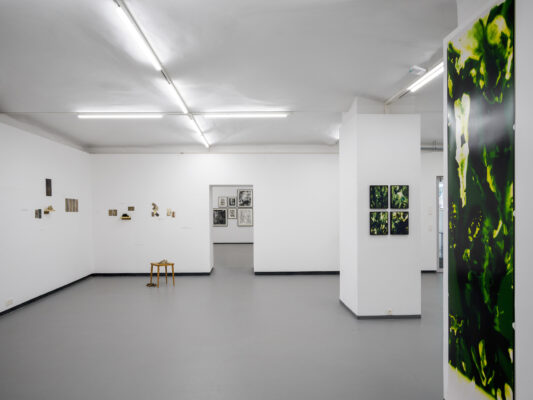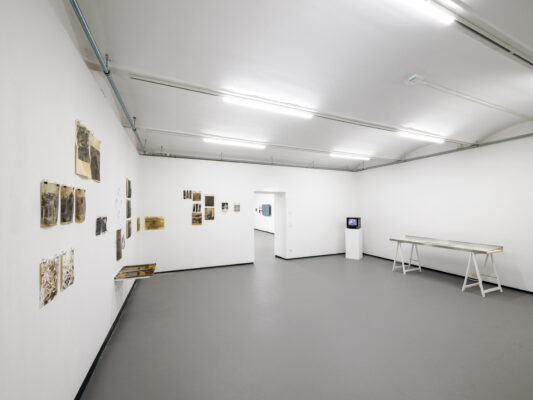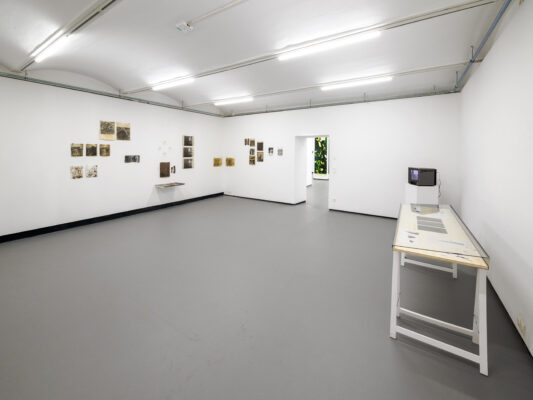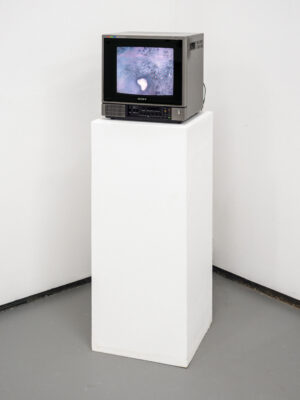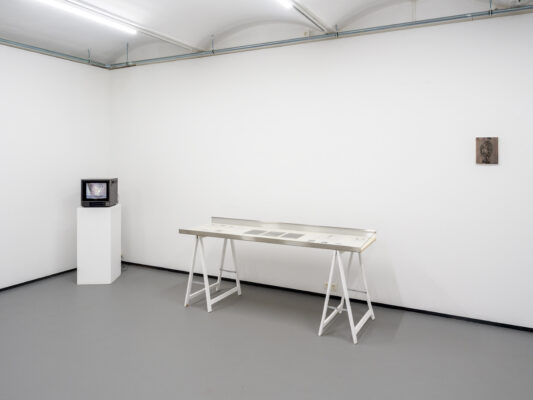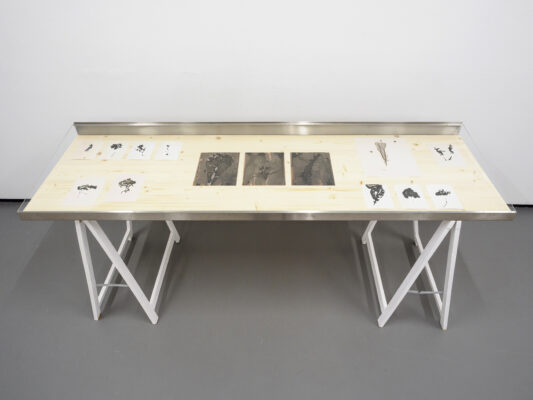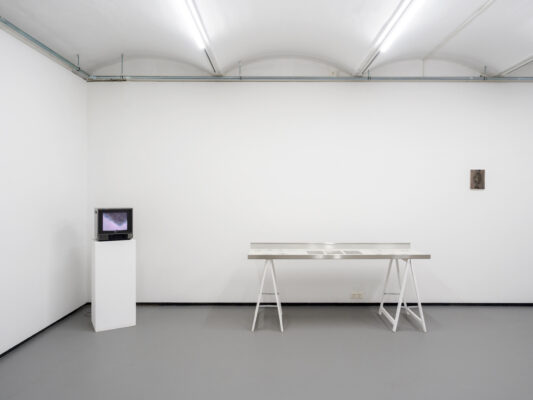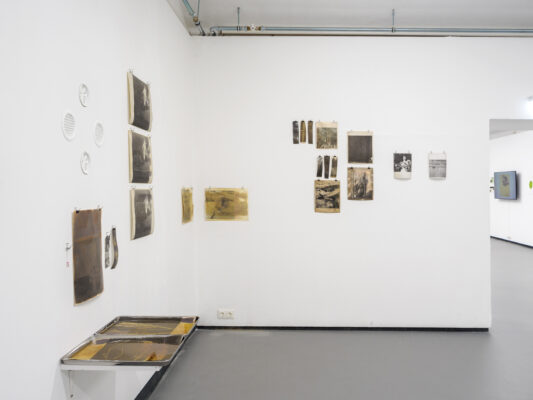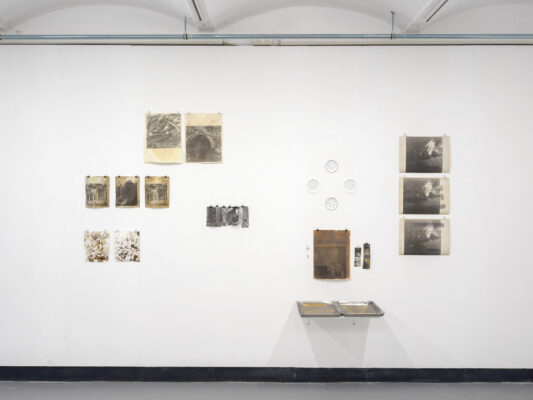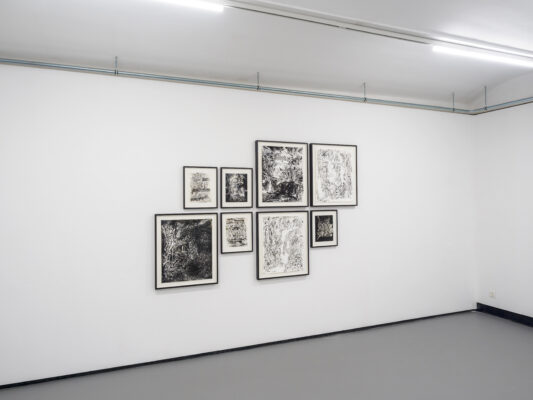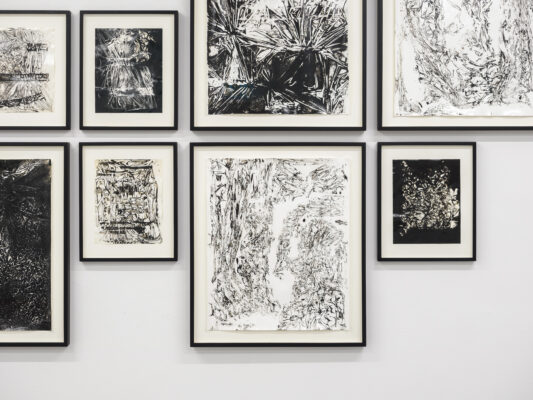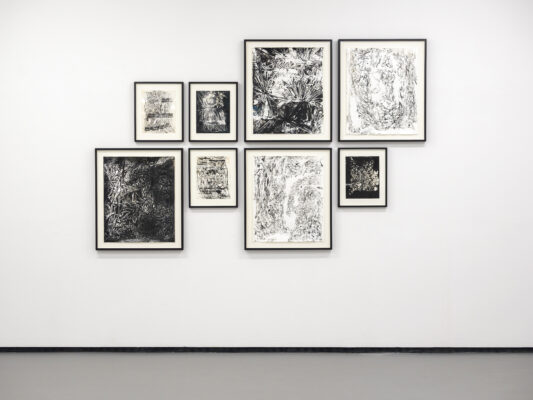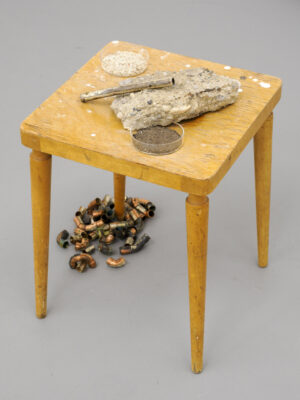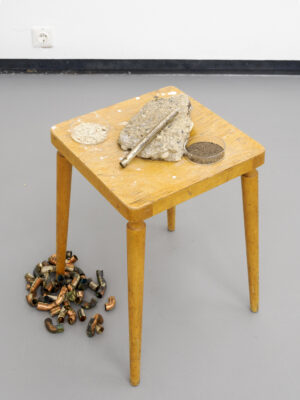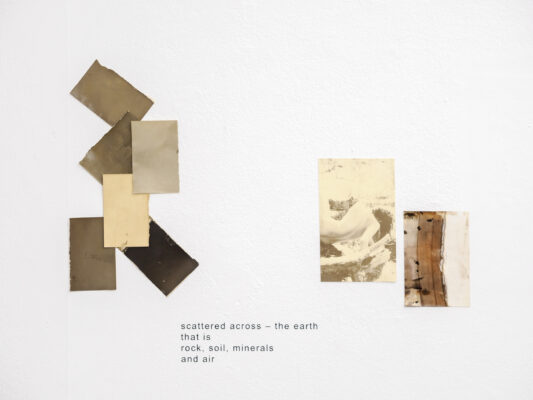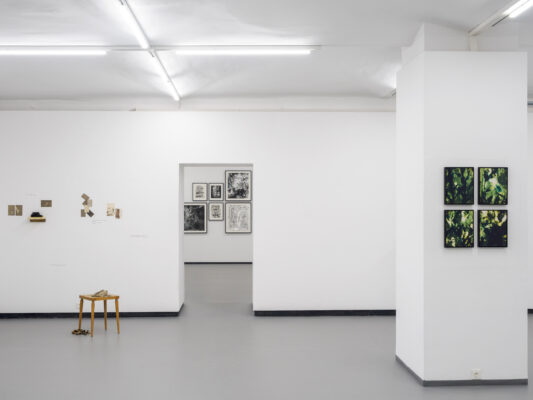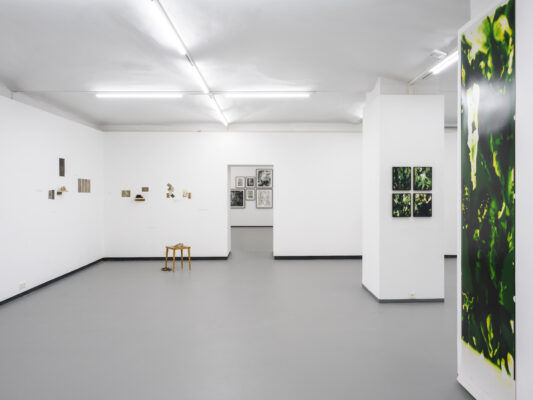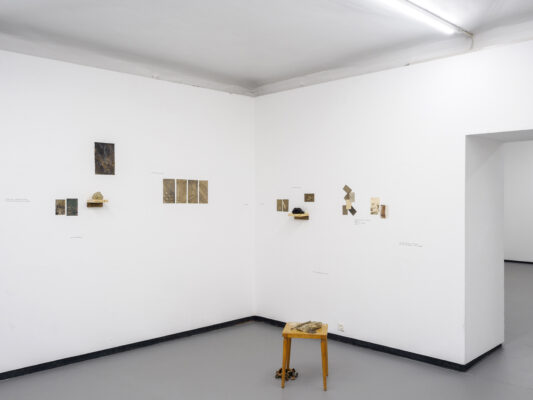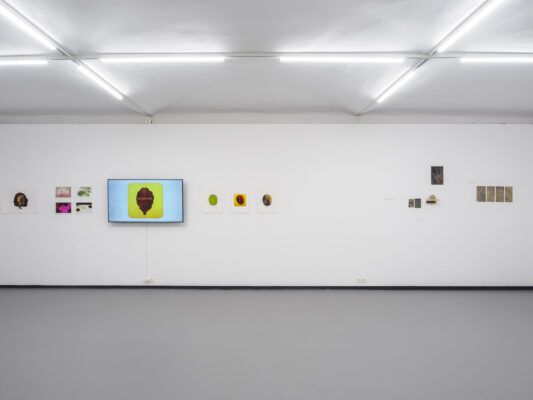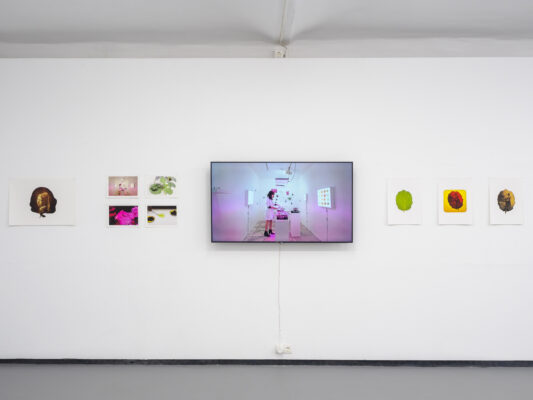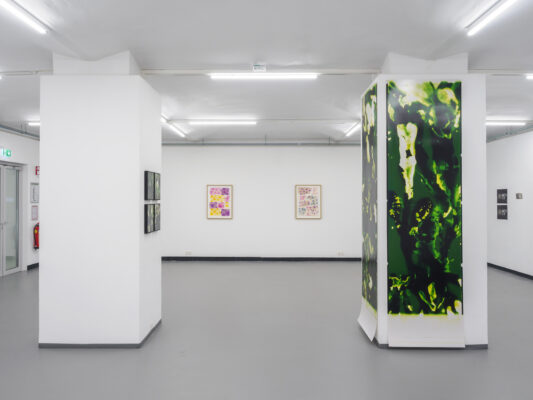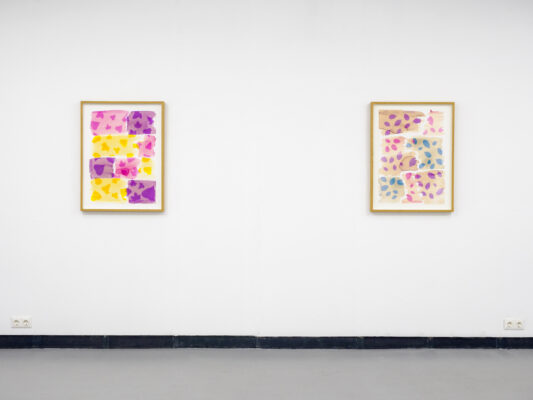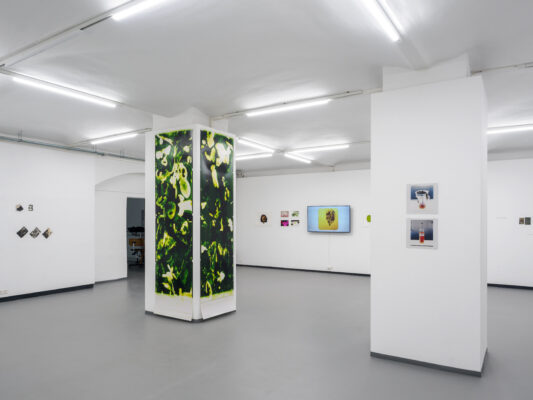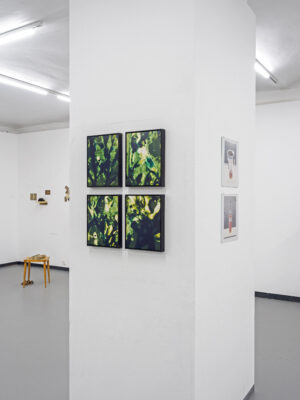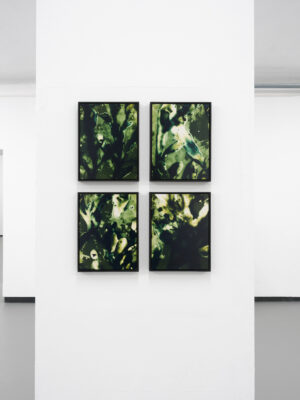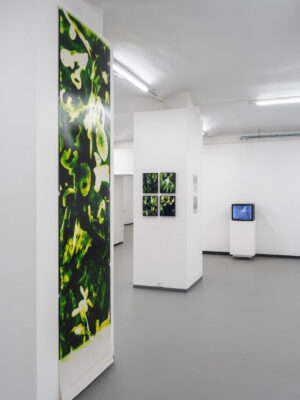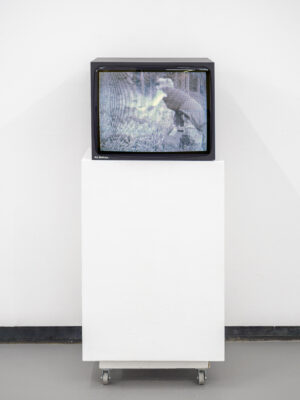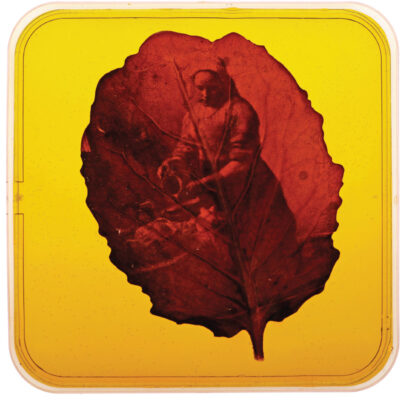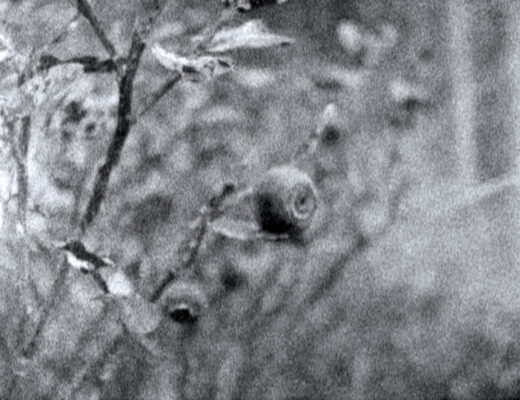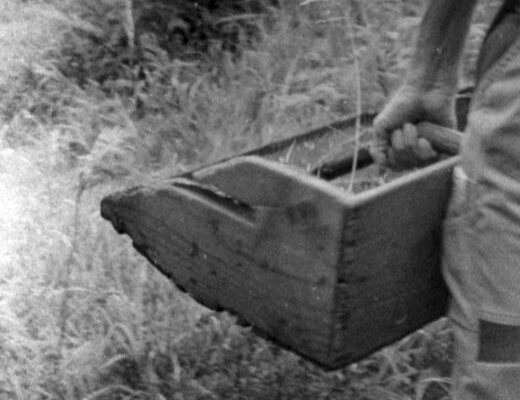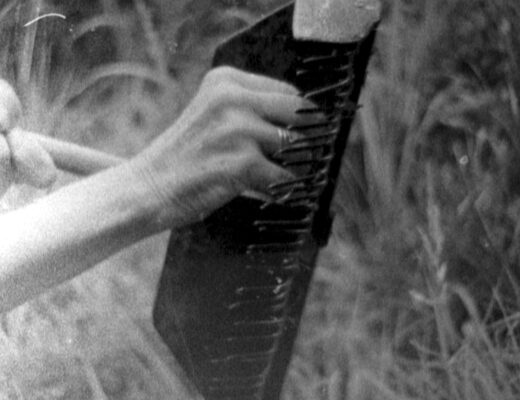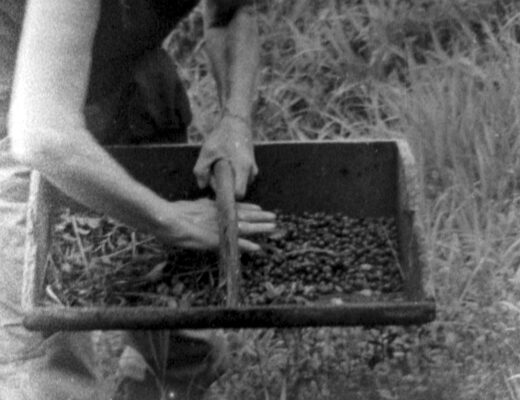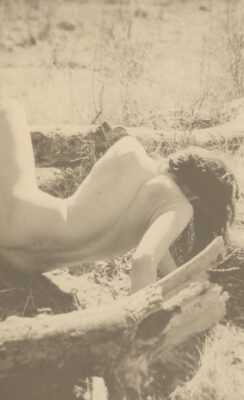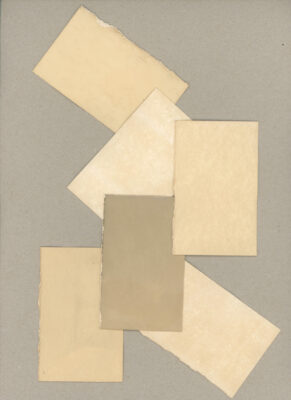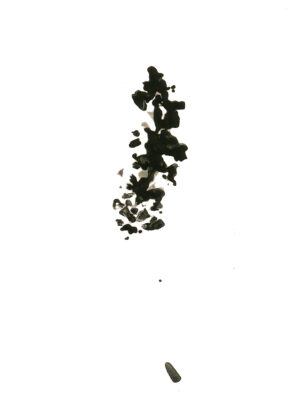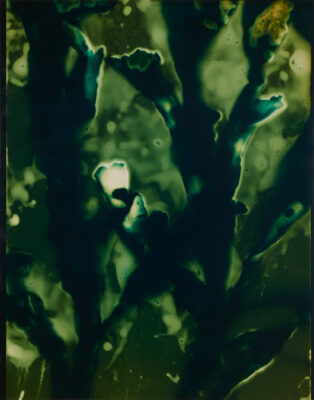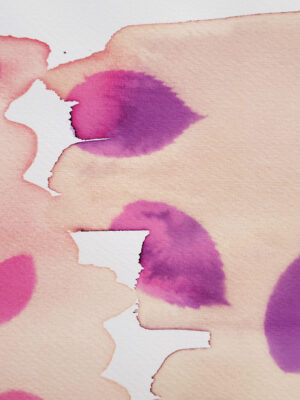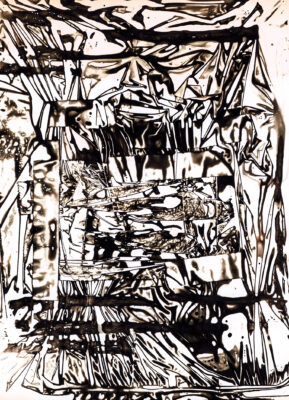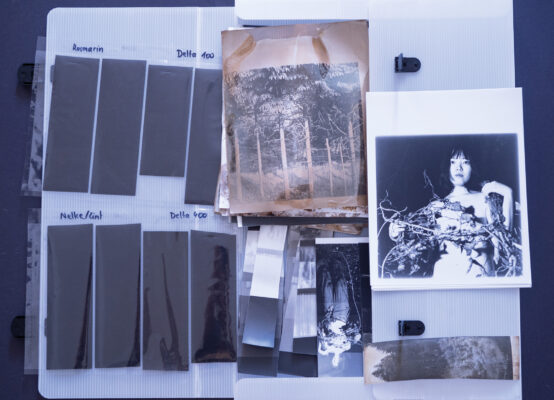Opening: April 29, 2024, 7 pm
Introduction: Johan Nane Simonsen
Artist Talk with Hannah Fletcher: 15.5.2024, 7 pm
Finissage and Filmscreening: Tuesday, 28 May, 7 p.m.
FOTOGALERIE WIENin cooperation with filmkoop wien, Lumen X – offenes Fotolabor, Werkstätte Analoge Fotografie (Universität für angewandte Kunst Wien), Alsergrund, 9. Bezirk Wien
Exhibition project as part of the Klima Biennale Wien
As part of the exhibition project, public workshops will be held in Viennese darkrooms:
Public workshops in Viennese darkrooms
Together with three Viennese darkrooms, the photo lab Lumen X, the Werkstätte Analoge Fotografie at the University of Applied Arts Vienna and filmkoop wien, FOTOGALERIE WIEN is exploring alternative photographic processes. The exhibition showcases local artists who are paving the way for a practice that conserves resources. Through workshops, the public is also invited to experiment with alternative image processes and development methods.
The selected works by Christin Al Shati are part of the series liquid traces, which she began in Berlin in 2022. Here she used the photochemical reaction of fixer and developer with selected materials, which she applied to analog photographic paper. Unlike conventional photographs, chemical grams are not created through exposure, but through the direct processing of the photographic paper with classic chemicals. Al Shati consciously focusses on sustainable practices by using second-hand paper, such as old ORWO paper from the 1980s, and used photographic chemicals.
Magdalena Chan‘s work in the darkroom is intuitive and experimental. When she mixes the photographic chemicals, she proceeds in a similar way to others when cooking. She “cooks” the developer from the commercially available ingredients rosemary, soda, and vitamin C; the image is fixed in salt for several weeks: “When I take it out, washing it or not, it looks like it already turned into compost, like our planet seems to turn itself into compost. Compost for new ideas to grow“, says Chan. There is also room given for mistakes and the unforeseen, and the results of her series of experiments are presented in the exhibition together with personal working notes.
In the series somewhere else entirely, Kristina Feldhammer not only refers to the multitude of places, materials and other bodies with which a person, a supposed individual, is connected. She also proposes a different understanding of one’s own body, which, as an ongoing process, can be constantly reassembled using organic and inorganic matter. The series is based on a performance lasting several days in the Lobau, which involves moving and writing in and with the place and its ecological and political conditions, as well as taking water samples at various points in the floodplain area. The latter were later also used to process the photographs and continue to exist, in a modified form, as residue in the collection jars.
Markus Maicher uses the technique of Phytography, a further development of the photogenic drawings (salt prints) by Henry Fox Talbot. It enables detailed chemical traces of plants to be depicted on a photographic emulsion and uses biodegradable and ecologically harmless chemicals mixed from household items. In the process, plants are mixed with a solution of washing soda and vitamin C, which leads to a reaction of phenols with the liquid to form a mild photographic developer. The leaves are then placed onto photographic paper in full daylight so that they slowly inscribe themselves into the emulsion. In I See A Darkness, plants were collected and dried in autumn, then placed on photographic paper and 16mm film under artificial light in winter. The cold and darkness of winter and the withered plants leave their specific imprint.
The anthotype is an early, cameraless printing technique in which a contact copy is produced with the help of filtered plant substances and sunlight – similar to the cyanotype process that was developing at the same time. Kerstin Pfleger’s images were produced using recipes calculated and tested by the artist herself, simply by adding alcohol or distilled water. In contrast to other photographic processes, anthotypes are therefore produced using a completely environmentally friendly method without photographic chemicals. The exposure takes between a few hours and weeks, depending on the recipe. A fleeting pleasure, as the images are fading over the years.
Algae Agent by Claudia Rohrauer shows a photographic-research approach towards aquatic plants and their potential for a sustainable darkroom. Due to the phenols they contain, algae can act as a developing agent reducing exposed silver halides to metallic silver, when activated in an aqueous solution with sodium carbonate and ascorbic acid. The project draws a line from collecting the algae on the Belgian coast, transporting them to the darkroom in Vienna, brewing a developer solution and developing a film in it, up to the moment of direct contact between the algae and the photographic film material, out of which the plant produces its own silver image on roll film in the form of a phytogram. Questions about the relationship between the depicting and the depicted, about the interaction between the developing and the developed and about the materiality of photochemical processes revolve around the algae.
The Photosynthegraph Project by Yoko Shimizu combines photosynthesis and photography to print high-resolution images on plant leaves using the plant’s own organic chemistry as the photosensitive agent. Negative films with artistic images are attached to plant leaves and exposed to LED lights, allowing the plant’s chloroplasts to create starch in the negative space of the graphic patterns. The leaves are then chemically treated to render visible the images created by the chloroplasts. The work harnesses the power of photosynthesis, one of the most important chemical reactions in the history of our planet, as a photographic instrument, revealing nature as a creative collaborator.
For the film Schochnfüm Stefanie Weberhofer has accompanied herbal expert Ingrid Lettner-Brandner during the harvest of blueberries in the forests of the Schladming-Dachstein region. The footage was shot on Super8 in black and white and subsequently developed using four different organic developers: peppermint (beginning –1:30), chanterelle mushrooms (1:30–2:16), the blueberries picked in the film (2:16–2:54), and sage (2:54– end). In the dialect of this region, “Schochnfüm” means “forest film.”
